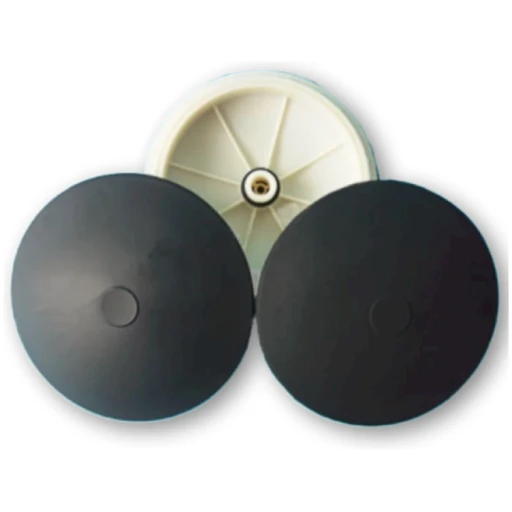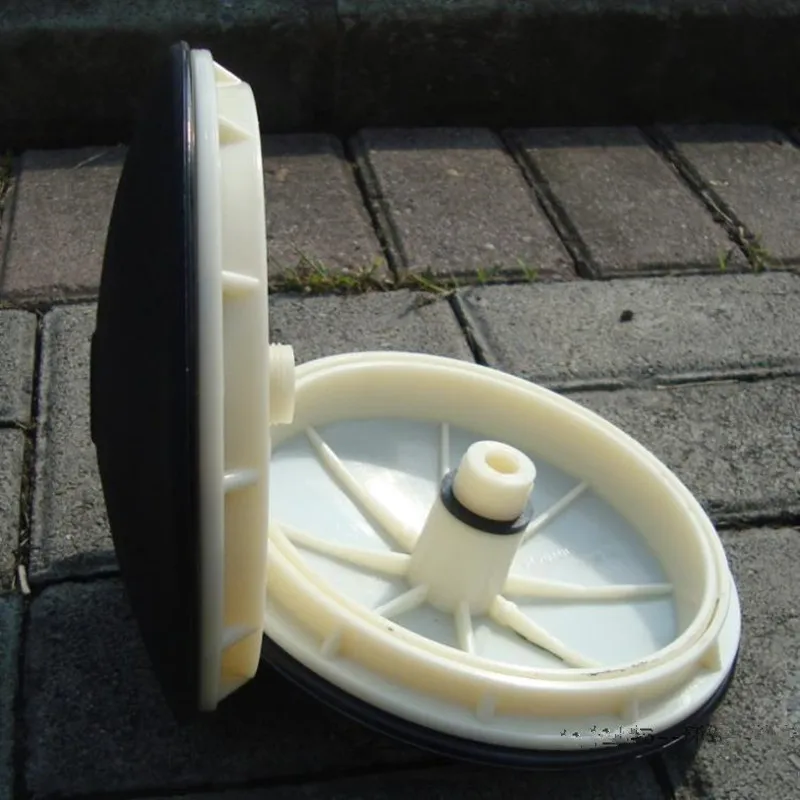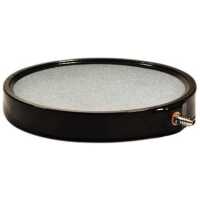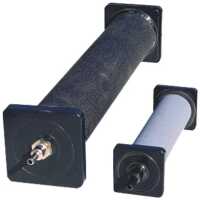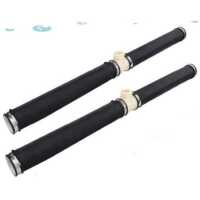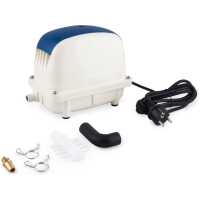The fine bubble disk diffuser combines effective design, low installation cost, reliability and high performance in intermittent and continuous aeration process.

The membrane is made of EPDM or silicone. The unique split pattern and slit shapes disperse air bubbles in an extremely fine and uniform pattern for high oxygen transfer efficiency.
A much highly effective and integrated check valve enables the aeration zones to be easily shut down for air-on/air-off applications. That is, when the airflow is closed, the central part of the membrane falls over the diffuser opening, and the non-perforated area closes the air output.
By connecting the diffuser to an air pump using a pipe elbow and hose connectors, the diffuser creates fine bubbles and ensures effective oxygen enrichment in the pond or pool. Aeration prevents the formation of anaerobic zones and the unpleasant odor of hydrogen sulfide. Additionally, the bubbles help prevent oxygen loss in the water during the summer due to temperature rise. During the winter periods, the bubbles bring warmer water from the bottom of the pond to the top, preventing pond from freezing and allowing overwintering fish to survive until spring.
The fine bubble disk diffuser can be used in freshwater and saltwater aquariums, ponds, hydroponics, biochemical aeration, wastewater, and other industrial aeration applications.
Technical specifications
| size | 6” | 8” | 9” | 12” | 12” |
| material | EPDM / PVC | EPDM / PVC | EPDM / PVC | EPDM / PVC | Silikon / PVC |
| bubble size (mm) | 4 – 5 | 1 – 2 | 1 – 2 | 1 – 2 | 1 – 2 |
| slit quantity | <5000 | 5000 | 8900 | 11000 | 11000 |
| designed air flow (m3/h) | 1.2 | 2 | 3 | 4 | 4 |
| working air flow (m3/h) | 0.8 – 1 | 1.5 – 3 | 2 – 5 | 2 – 8 | 2 – 8 |
| oxygenate capability (kg O²/h) | 0.08 – 0.25 | 0.13 – 0.35 | 0.18 – 0.45 | 0.25 – 0.5 | 0.25 – 0.5 |
| service area (m2) | 0.5 – 0.8 | 0.2 – 0.64 | 0.25 – 1 | 0.4 – 1.5 | 0.4 – 1.5 |
| water submerged depth (m) | 4 – 8 | 4 – 8 | 4 – 8 | 4 – 8 | 4 – 8 |
| connector | 3/4 NPT | 3/4 NPT | 3/4 NPT | 3/4 NPT | 3/4 NPT |
| service life (years) | 5 | 5 | 5 | 5 | 5 |
EPDM, Silicone, or Stone – Which to Choose?
- EPDM membrane vs. silicone: silicone is more expensive and tolerates higher temperatures, but EPDM is also an excellent choice. EPDM is more affordable and has a long lifespan.
- EPDM membrane vs. air stones: EPDM membranes have a smooth surface, which means the membrane and its pores clog more slowly than those of air stones. EPDM generally offers a longer service life and lower maintenance. However, air stones sink on their own due to their weight, while EPDM diffusers require an additional weight (e.g., a stone) tied to the diffuser with a string to keep it at the bottom of the pond.
How to connect a diffuser to an air pump?
The diffuser must be connected to the aerator using a hose, connector, clamp, and elbow fitting.
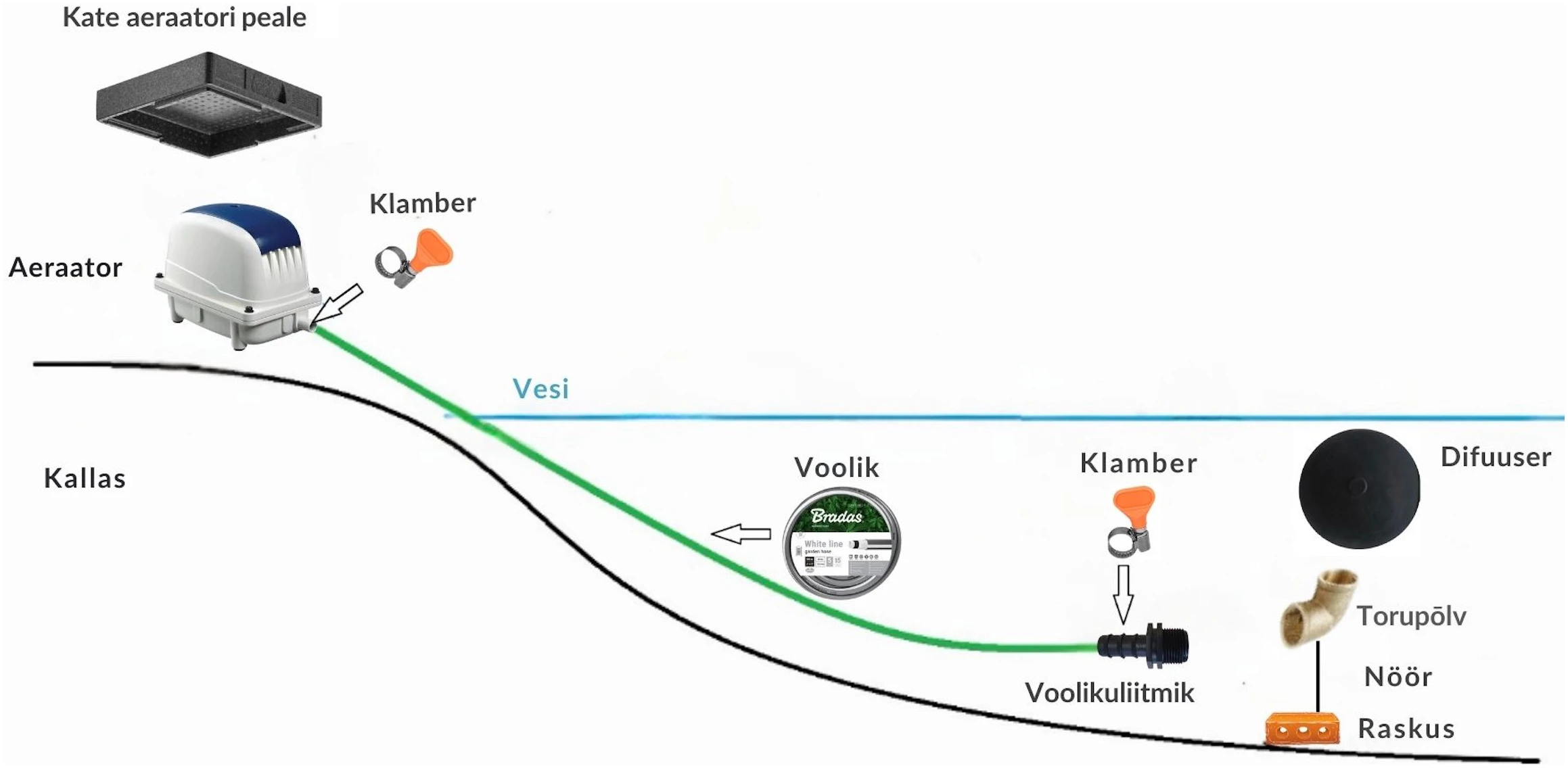
Ready-made aeration sets with diffusers are available on the website and can be customized to suit the specific needs of your pond.
Why is pond aeration necessary?
Natural gas exchange between the water surface and air is too limited to prevent hypoxia (asphyxia) in water bodies. Therefore, additional aeration is essential to maintain biological balance in the pond. A fine-bubble diffuser connected to an aerator ensures effective oxygenation of the pond or pool and prevents the formation of anaerobic zones and hydrogen sulfide with a rotten egg smell. The rising bubble column also helps prevent oxygen loss during summer due to rising temperatures. In winter, it brings warmer water from the bottom, preventing the pond from freezing completely and allowing overwintering fish to survive until spring.
